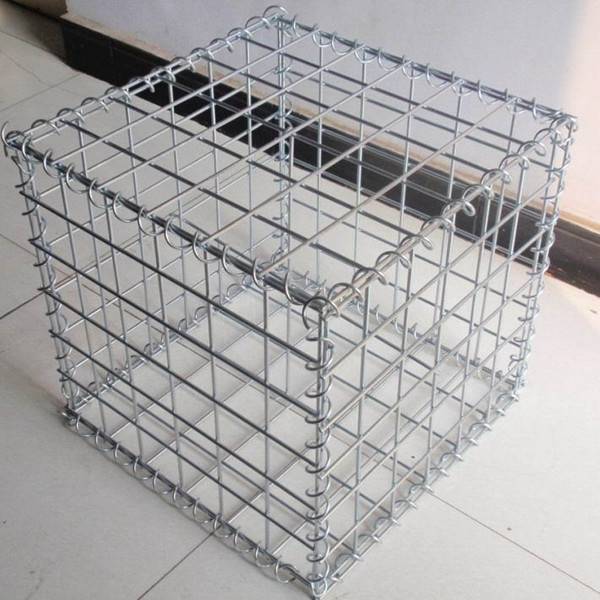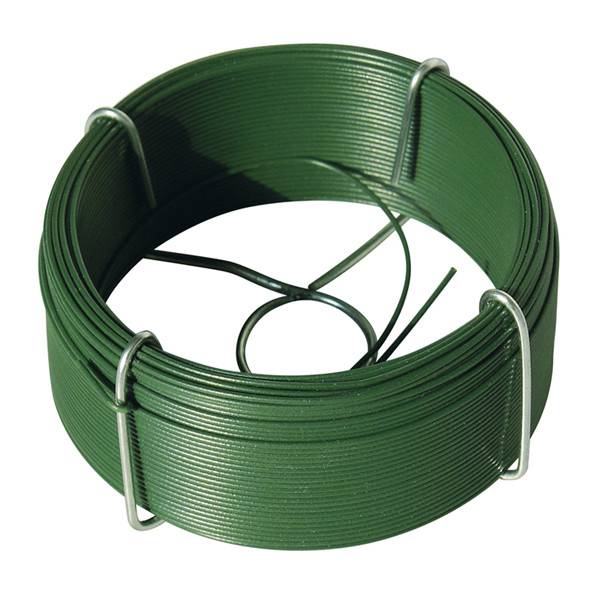
Sep . 11, 2024 05:02 Back to list
Barbed Wire Weight Conversion - Kilograms to Meters
Understanding the Conversion of Barbed Wire Kilograms to Meters
Barbed wire, a crucial material in fencing, agricultural practices, and security installations, is often sold based on weight (kilograms) rather than length (meters). This characteristic can sometimes lead to confusion for buyers who need to convert the quantity of barbed wire from kilograms to meters for their specific projects. Understanding this conversion is essential for efficient planning and cost estimation.
The Basics of Barbed Wire
Barbed wire is composed of two or more strands of wire twisted together, featuring sharp barbs at regular intervals. It is designed to deter animals and intruders, making it a popular choice for farms, ranches, and secure facilities. The wire's gauge, which refers to its thickness, plays a significant role in its strength and durability. Typically, barbed wire is classified based on the number of barbs per meter and the weight of the wire in kilograms per length.
Factors Influencing the Weight of Barbed Wire
The weight of barbed wire can vary significantly depending on several factors, including
1. Wire Gauge Thicker wires are heavier and can withstand more tension and stress, while thinner wires are lighter but may not be as robust. 2. Barb Size and Spacing The type and frequency of barbs along the wire can also affect its overall weight. More substantial barbs or closer spacing results in a heavier wire. 3. Length of the Roll Barbed wire is typically sold in rolls, and the length of the roll contributes to the total weight. Standard lengths might be 100 meters or more, but specialty rolls can vary.
barbed wire kg to meter

Conversion Process Kilograms to Meters
To convert barbed wire from kilograms to meters, you first need to know the weight per meter of the specific type of wire you are using. This information can usually be found on the product packaging or manufacturer's specifications. Once you have this figure, the calculation is straightforward.
1. Determine the Weight per Meter For example, if a certain gauge of barbed wire weighs 0.5 kg per meter, and you have 10 kg of wire, the conversion would proceed as follows \[ \text{Total Length (meters)} = \frac{\text{Total Weight (kg)}}{\text{Weight per Meter (kg/m)}} \]
\[ \text{Total Length} = \frac{10 \text{ kg}}{0.5 \text{ kg/m}} = 20 \text{ meters} \]
2. Utilize Standard Conversion Factors There are standard charts available which list various types of barbed wire and their respective weights per meter, making it easier to perform quick conversions without needing to calculate from scratch.
Conclusion
Knowing how to convert barbed wire from kilograms to meters is critical for anyone involved in purchasing or using this essential fencing material. By understanding the factors that influence weight and following a clear conversion process, consumers can ensure they obtain the right amount of barbed wire for their needs, optimizing both resources and costs. Whether for agricultural use, securing property, or fencing livestock, converting weights to lengths can enhance the overall efficiency and effectiveness of any fencing project.
-
Why a Chain Link Fence is the Right Choice
NewsJul.09,2025
-
Upgrade Your Fencing with High-Quality Coated Chicken Wire
NewsJul.09,2025
-
The Power of Fence Post Spikes
NewsJul.09,2025
-
The Best Pet Enclosures for Every Need
NewsJul.09,2025
-
Secure Your Property with Premium Barbed Wire Solutions
NewsJul.09,2025
-
Enhance Your Construction Projects with Quality Gabion Boxes
NewsJul.09,2025
Products categories











